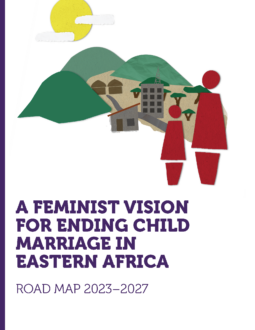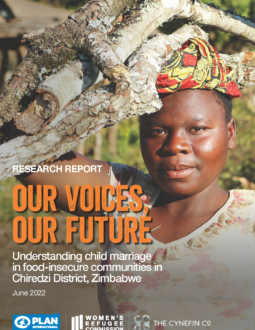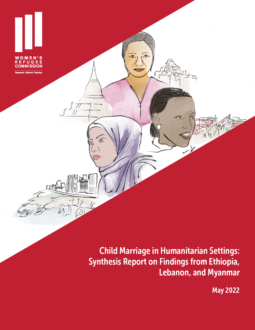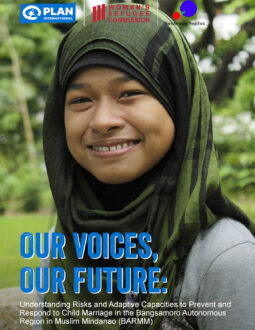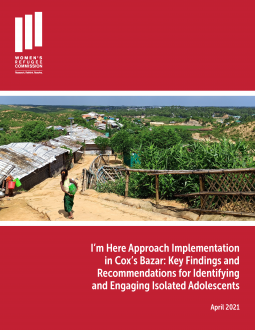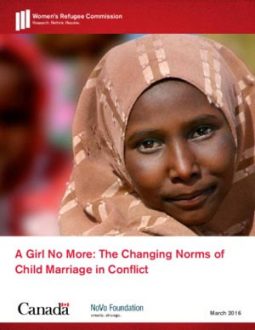
A Girl No More: The Changing Norms of Child Marriage in Conflict
PublishedParents’ decision to marry off their young daughters is influenced by concerns about poverty, protection from rape and its stigma, prevention of pregnancy outside marriage, and from the influence of other communities – all issues exacerbated by displacement. Rather than solving these problems, child marriage isolates girls from what opportunities exist.
Nine of the top 10 countries with the highest rates of child marriage are fragile states. Yet married girls are invisible in humanitarian programming.
This research suggests that when girls have access to education and other programming and when families have their basic needs met, child marriage can be reduced.
Recommendations:
- Donors, national governments, policy makers, and programmers should ensure that the basic needs of families are met.
- Donors, national governments, policy makers, and programmers should invest in girls in order to build and reinforce girls’ intrinsic value within communities.
- Programmers should ensure that adolescent girls, including child-brides and adolescent mothers, are identified and reached with programming.
- Policy makers and donors should recognize that child marriage is best addressed across a variety of sectors.
- Policy makers and donors should understand the importance of, and provide support to, assessment and adaptation.
- Donors and policy makers should support the piloting of child marriage interventions and the documentation of learning.
Adolescent Girls
Children
Youth
Child Marriage
Gender and Social Inclusion
Sexual and Gender-Based Violence
Reports


